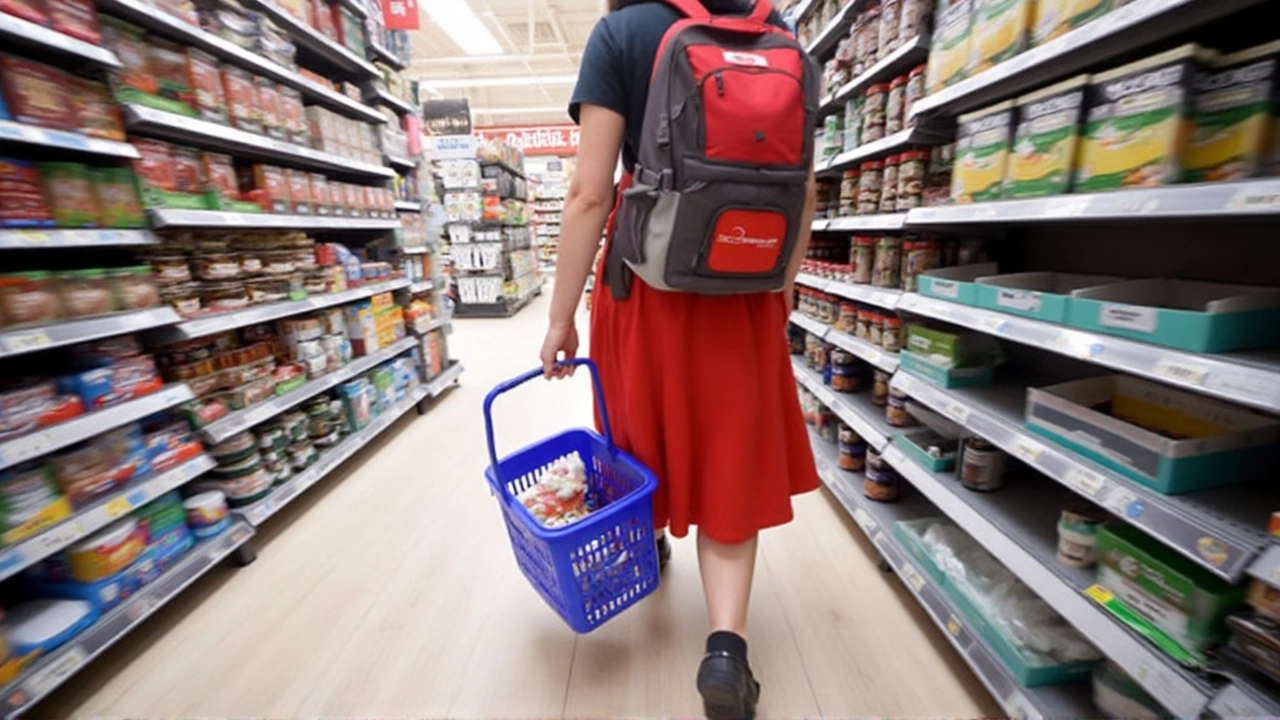Salmonella Explained: What It Is and How to Protect Yourself
Ever wondered why a chicken dinner sometimes ends with a stomachache? Chances are you’ve encountered salmonella, a common bacteria that loves fresh food. It’s not a mystery disease – it’s everywhere, from raw eggs to pet turtles. Knowing the basics helps you avoid a miserable night on the couch.
How Salmonella Shows Up and What It Does
Salmonella lives in the intestines of animals and humans. When you eat under‑cooked meat, raw eggs, or unwashed produce that’s touched with contaminated water, the bacteria can jump into your gut. Inside, it releases toxins that irritate your lining, causing classic food‑poisoning symptoms.
Typical signs appear 6‑48 hours after exposure and include:
- Sudden stomach cramps
- Diarrhea (often watery or sometimes bloody)
- Fever and chills
- Nausea or vomiting
Most healthy adults recover in a week with plenty of fluids. Young kids, the elderly, and anyone with a weakened immune system can get much sicker and may need medical care.
Simple Steps to Keep Salmonella at Bay
Preventing salmonella is mostly about good kitchen habits. Here are the no‑nonsense actions you can start today:
- Cook thoroughly. Use a meat thermometer – chicken should hit 165°F (74°C) and ground beef 160°F (71°C).
- Separate raw and ready‑to‑eat foods. Keep meat on a lower shelf in the fridge and use different cutting boards for veggies.
- Wash hands and surfaces. Soap and hot water for at least 20 seconds after handling raw animal products.
- Rinse fruits and veggies. Even if you plan to peel them, a quick rinse removes surface bacteria.
- Store leftovers quickly. Refrigerate within two hours and eat within three‑four days.
If you keep a pet reptile or amphibian, wash your hands after touching them and keep their habitats away from kitchen surfaces. Those animals are natural salmonella carriers.
Should you suspect an infection, stay hydrated with water, oral rehydration solutions, or clear broths. Over‑the‑counter anti‑diarrheal meds might slow down the body’s way of flushing the bacteria, so ask a pharmacist or doctor before using them.
In rare cases, doctors prescribe antibiotics, but they’re usually reserved for severe cases or high‑risk patients. Unnecessary antibiotics can actually make future infections harder to treat.
Remember, a little attention to cooking temps, hand‑washing, and food storage can dramatically cut your salmonella risk. Next time you’re prepping a meal, think of these quick checks – your gut will thank you.




